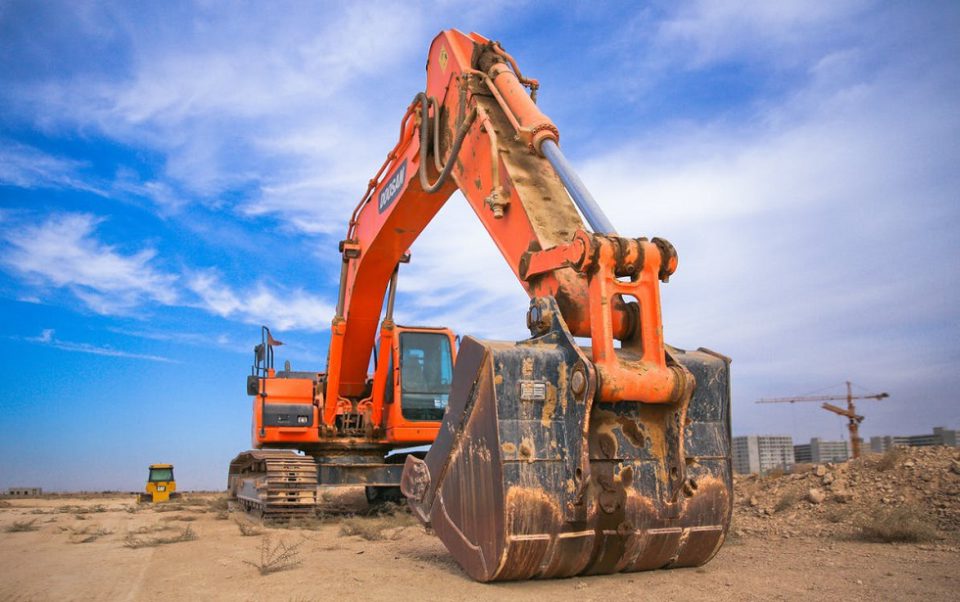Nearly every Canadian business requires equipment to operate. For some, it may be as simple as rounding up an assemblage of laptops for a design team. For other companies, operation may depend on bankrolling a costly fleet of transportation trucks. Needs vary in the same way individual businesses vary.
If your business requires heavy equipment for its day-to-day operations, then the process of procuring, funding and implementing safety protocol for equipment becomes more of a task. Don’t worry, though. There is help at every step of the way.
Whether you are a new business owner getting your sea legs or a seasoned owner newly incorporating heavy equipment into your operations, here are a few things you need to know.
What’s the Difference Between Regular and Heavy Equipment?
Let’s begin with a definition so that everyone’s on the same page.
Equipment is a broad umbrella term for several types of machinery, supplies and vehicles. It can apply to small stuff like office supplies, point of sale equipment and construction tools. Or it can apply to large, industrial stuff like foundry equipment and CNC machining.
Under that subhead, you will find “heavy equipment.” Per the established definition, heavy equipment refers to heavy-duty machinery specifically designed for construction and engineering tasks. It may include track-type vehicles like tractors and bulldozers, various excavators, pavers and earth-moving equipment, material handlers like forklifts and cranes, or tunnelling equipment – to name a few examples.
Heavy Equipment Is Expensive. How Does One Finance It?
Heavy equipment needs to be able to take on the challenges of even the toughest jobs. That kind of heavy-duty structure doesn’t come cheap.
To finance these necessary tools, you will need to find heavy equipment financing in Canada from a professional business equipment financing company. Don’t fret: this isn’t nearly as complicated as it sounds. Just be sure to choose a financing company that takes a consultative approach to understand your business’s strategic financing needs.
A great company should take an interest in your budget, how you’ll use the equipment, and the equipment’s value to your business model. They will offer various lease and loan options, and walk you through what they believe is best for you.
How Do You Ensure Safety Around Heavy Equipment?
Let’s say you have secured funding for your heavy equipment and want to get to work right away. Hold on a second, and ask yourself whether you are versed in heavy equipment safety.
Consult your province’s Ministry of Labour, Training and Skills Development documents on heavy equipment usage (linked here are Ontario’s resources). They lay out, in clear terms, the safety expectations and requirements for employers, employees and supervisors. Importantly, you, as a business owner, are required to offer information, instruction and supervision. This includes understanding and following applicable regulatory requirements. If in doubt, give them a call. They are very helpful!
What’s the Bottom Line?
The bottom line is this: Procuring, financing and overseeing necessary heavy equipment doesn’t need to be challenging. With the help of an excellent business equipment financing company and the guidance of your province’s labour organization, you can get started in no time.
